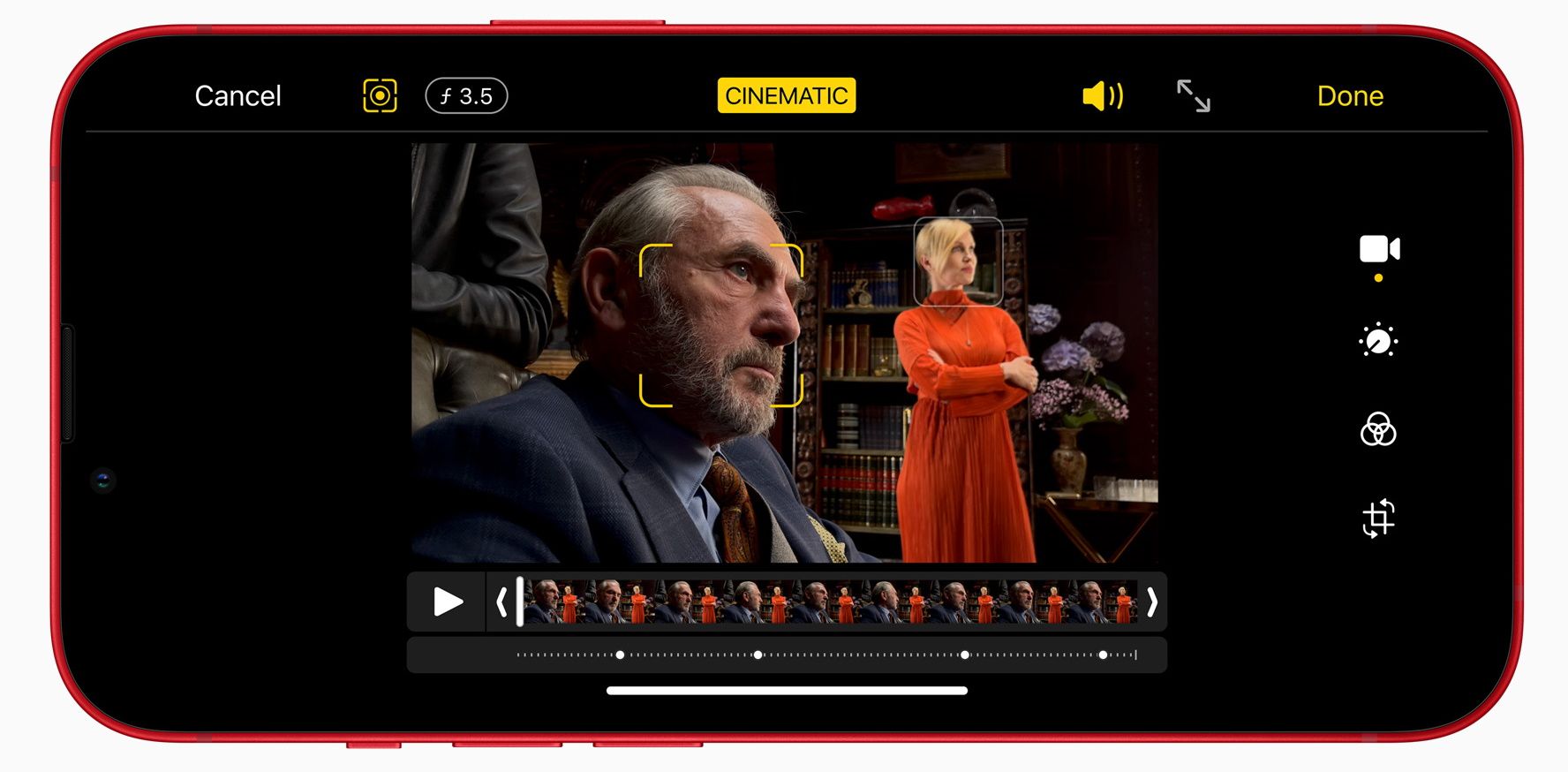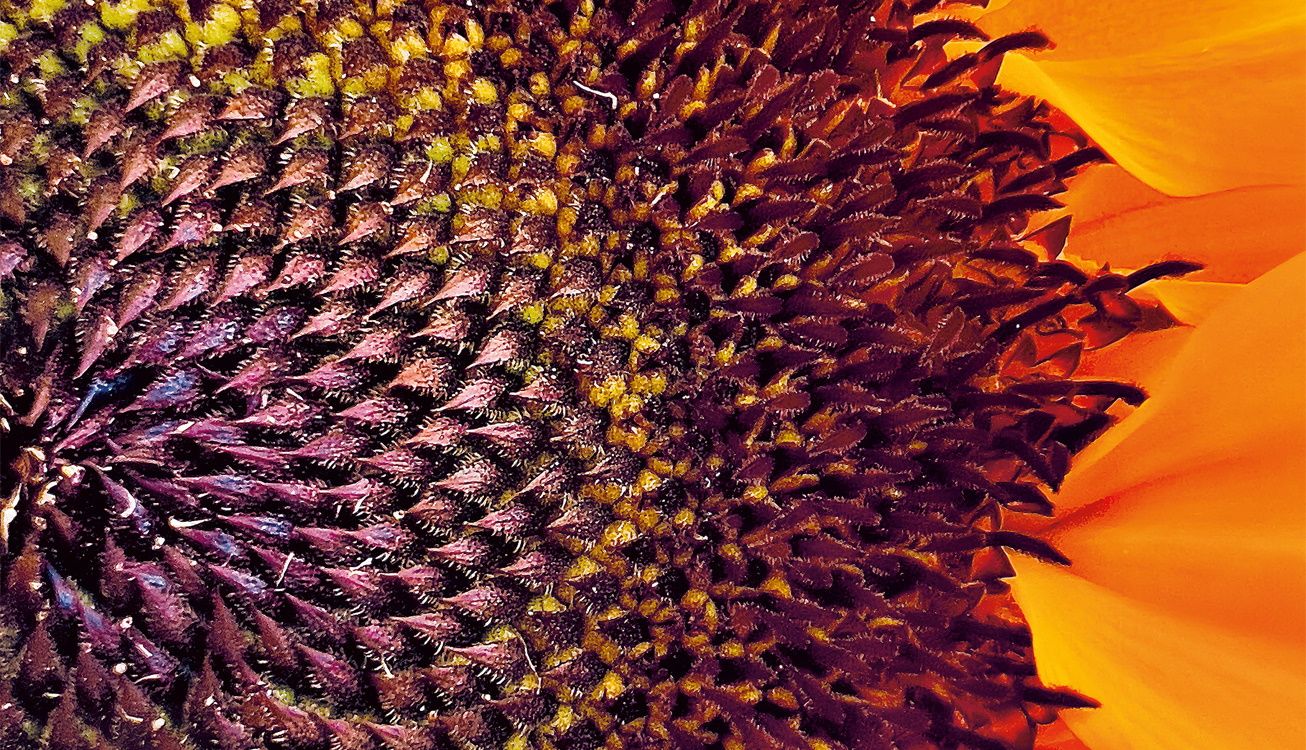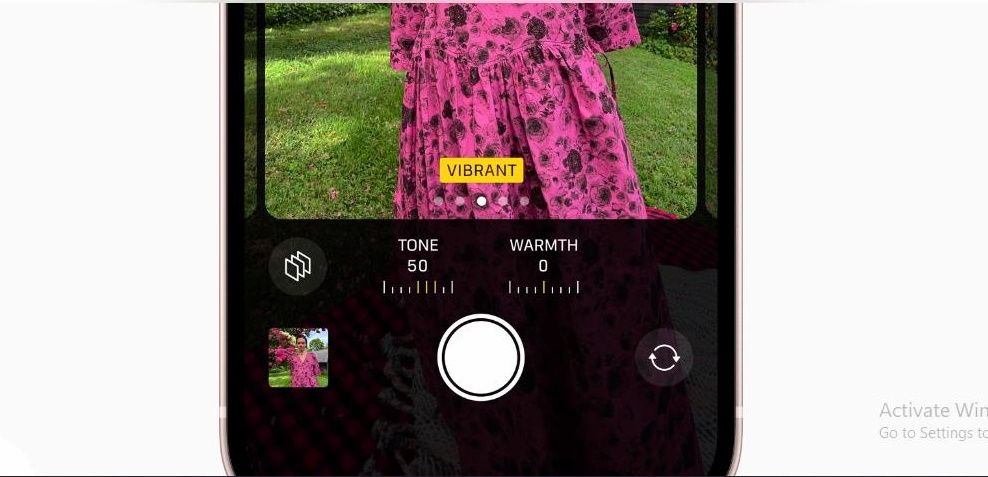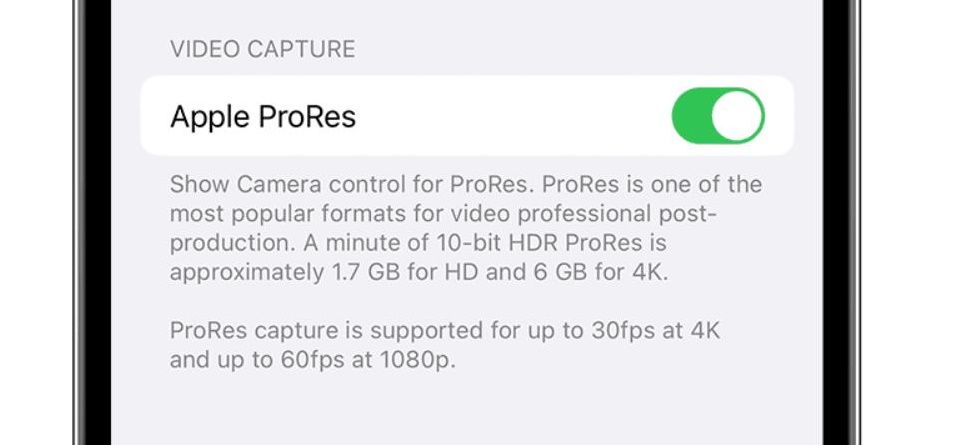The iPhone 13 features some of the best specs in any iPhone to date. Its camera unarguably received the biggest upgrade and boasts cool new features like Cinematic Mode and Macro Mode.
Read on to find out more about the various iPhone 13 camera features that will boost your photography and videography game.
What Is the iPhone 13 Camera Like?
When it comes to camera hardware, we can split the differences into two categories: The iPhone 13 and the iPhone 13 Pro. The iPhone 13 category would include the iPhone mini, and the iPhone 13 Pro would include the iPhone 13 Pro Max.
The iPhone 13 mini and iPhone 13 models sport two camera lenses: a 12MP wide lens and a 12MP ultrawide lens. The cameras are placed diagonally, while the iPhone 12 had both cameras in a vertical line. The wide lens has an aperture of f/1.6, while the ultrawide features an aperture of f/2.4.
The iPhone 13 Pro and Pro Max have three lenses instead: the original two, with the addition of an f/2.8 telephoto lens. The telephoto lens features 3x optical zoom, not available in the iPhone 13 mini and iPhone 13. The apertures for the wide and ultrawide lenses are different as well, with an f/1.5 wide lens and an f/1.8 ultrawide lens.
With that in mind, there are a few notable differences in the camera software for all the models in the iPhone 13 series, with some features only found in the Pro versions. Below is a list of new features not found in iPhones before the 13 series and a brief description of each.
4. Cinematic Mode
Probably the most popular feature from the launch of the iPhone 13, Cinematic Mode is available on all iPhone 13 models. If you’re a videographer, this one’s a game-changer for you.
Cinematic Mode is an excellent feature that allows you to seamlessly shift focus from one subject to another while moving your camera. You can instantly switch the focus from a subject near the camera to another in the background, or vice versa.
The iPhone will either automatically do this for you while you record, or you can manually shift between two points yourself. You can also lock the focus on a subject, so you can move around and record different angles without the focus shifting.
iPhone 13’s Cinematic Mode is quite professional, giving you a chance to experiment with your videography skills. Moreover, you can easily learn how to use Cinematic Mode on your iPhone. It is still relatively new and doesn’t rival professional cinematography yet, but it is well on its way.
3. Macro Mode
Macro photography is only found on the iPhone 13 Pro models, so users of the iPhone 13 mini and iPhone 13 will not get this feature. This is because of the better sensors and wider apertures found in the ultrawide lens of the iPhone 13 Pro and Pro Max.
Macro mode allows you to take close-ups photos within 2cm, with a sharp focus. And what’s more, this feature goes beyond photography as you can also use macro mode for shooting videos.
There’s no specific option that you need to select for macro photography, thus learning how to take macro photos is quite easy. Your iPhone will automatically switch to the ultrawide lens when you are close enough to a subject. However, when you’re recording a video, you can manually select the ultrawide camera and focus on a closer subject.
You can toggle automatic macro switching in your iPhone’s Settings. This way, you can go closer to a subject and tap a button in the Camera app to control whether you want to switch macro mode on or not.
2. Photographic Styles
This feature allows you to personalize and edit your photographs without too much hassle. It can be found on all the iPhone 13 models. Photographic Styles allow you to choose a preset filter or tone according to your liking. Options like Rich Contrast, Vibrant, Warm, and Cool exist to choose from. You can also adjust the Tone and Warmth settings to see what intensity looks
best. After you’re done, put a name to your Photographic Style and put it to use. You can set up multiple Photographic Styles and test out which works best with what scenario. It’s like creating your own set of filters that you can use instead of the ones already present.
You have to set your photographic style before taking a photo, though, as you can’t apply the exact style after taking it.
1. ProRes
ProRes is only available for the iPhone 13 Pro and Pro Max models and is only available with the Video mode in the Camera app. You cannot use it with Cinematic Mode, Time-Lapse, or Slo-Mo. You can record ProRes videos in your iPhone 13 Pro by selecting it in Settings.
Apple introduced ProRes in 2007, but this is the first time you will see it on an iPhone. The inner workings of the ProRes video format are a little challenging to wrap your head around. However, in the simplest of terms, ProRes will allow you to shoot high-resolution videos in a compressed format that allows flexible editing in Photos, iMovie, and professional software.
It is primarily beneficial for filmmakers, video creators, and videographers using industry-level software to edit their videos. While this format already existed for editors and videographers, ProRes’s addition to the iPhone 13 will make editing and recording high-quality videos a lot easier and more accessible to regular users.
This Is the Best Camera on an iPhone Yet
You may not have seen many significant differences on the surface, but the iPhone 13 series has major camera upgrades compared to its predecessors. Better quality, better resolution, wider apertures, the best sensors in an iPhone to date, and multiple videography features make this a smartphone camera to be reckoned with.

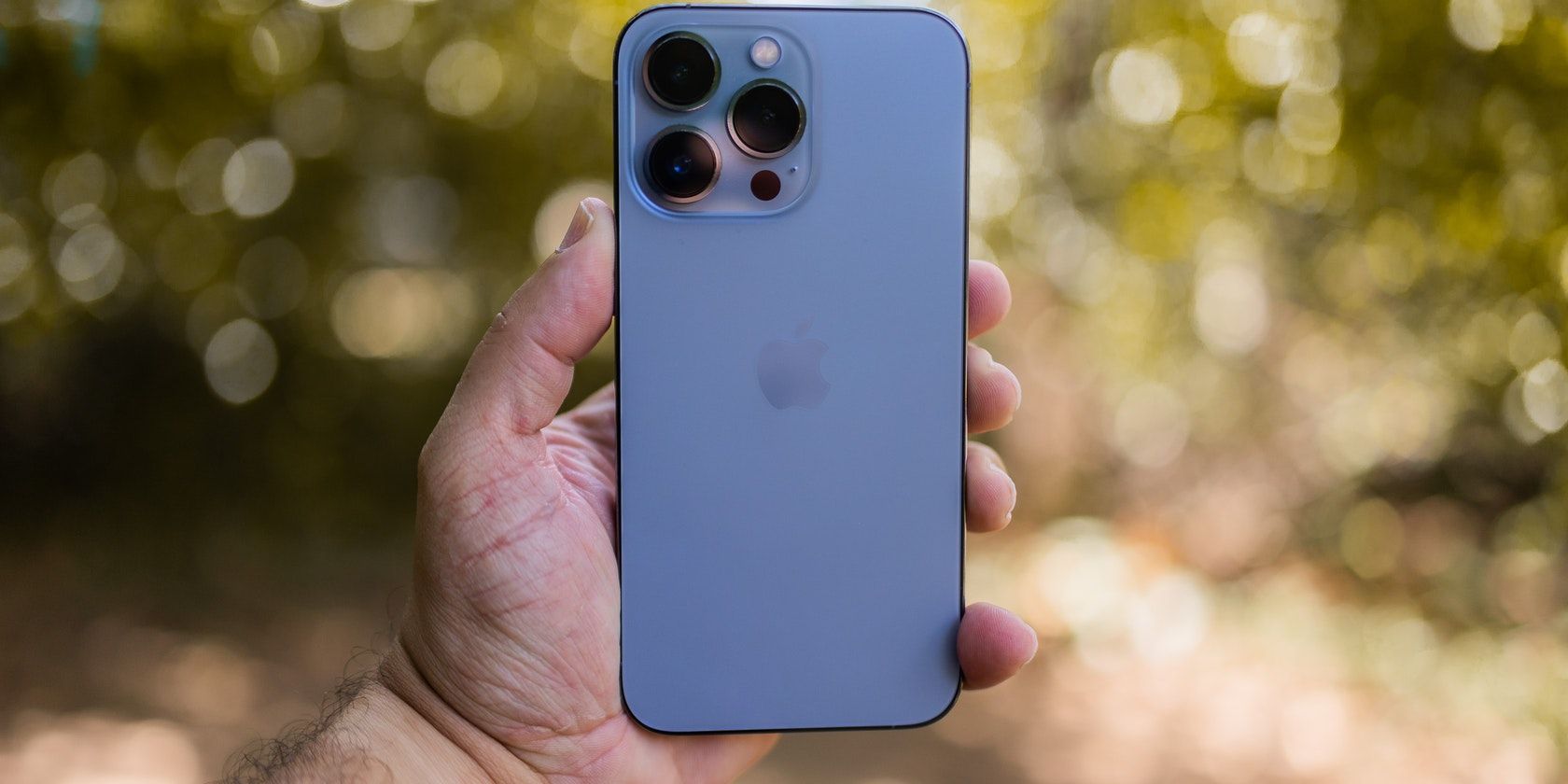
.jpg)
